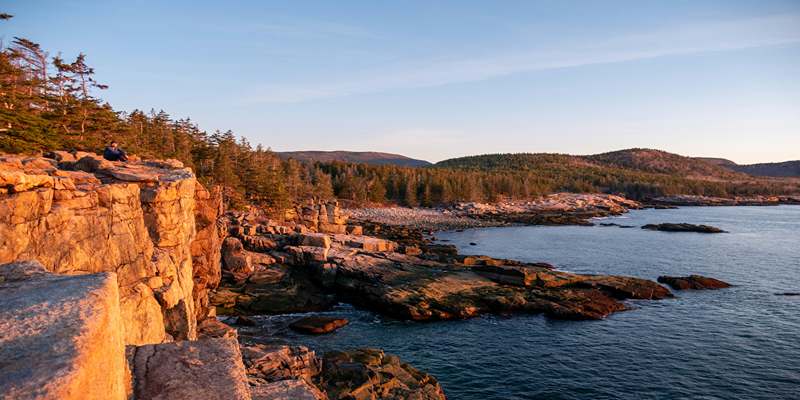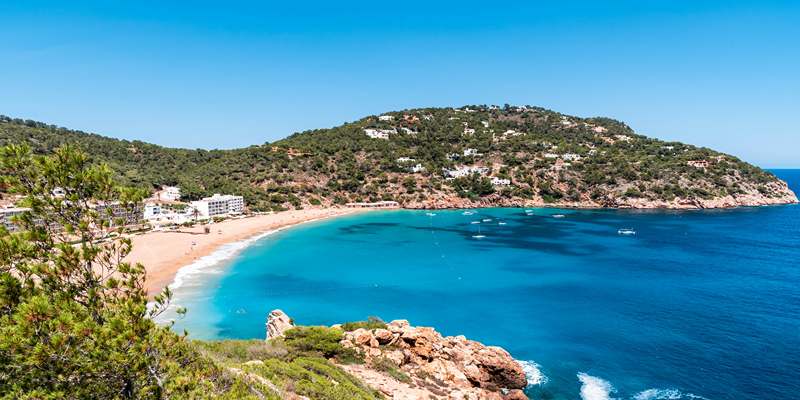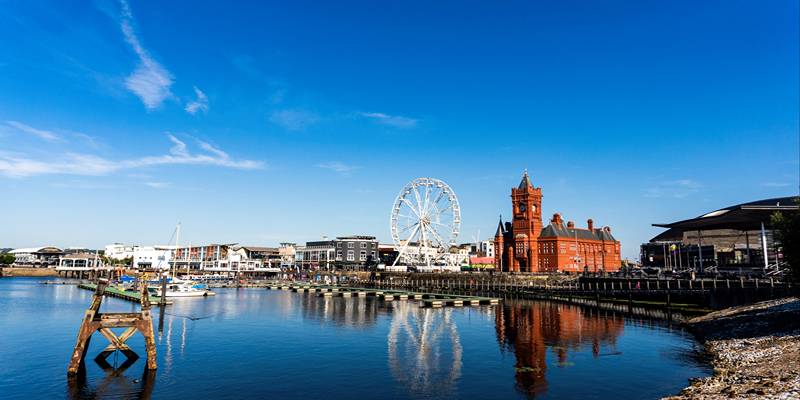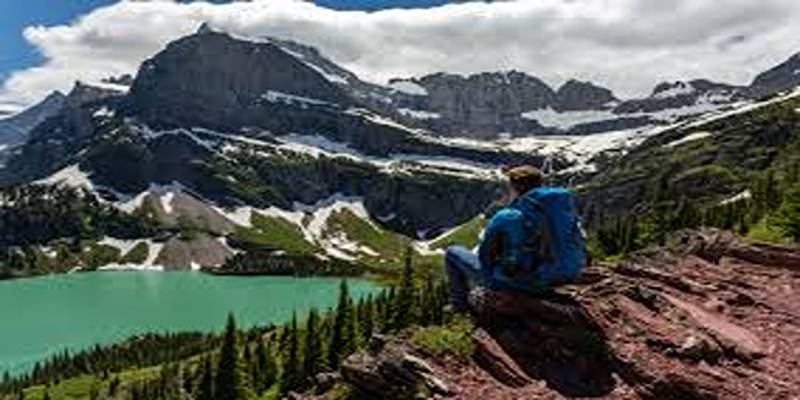Advertisement
Coastal Georgia’s barrier islands offer a summer getaway that’s both refreshing and uniquely grounded in nature. Known for their broad beaches, salt marshes, nature preserves, and relaxed pace, these islands create the perfect backdrop for a vacation built around exploration, outdoor recreation, and coastal scenery. From the quiet trails of Jekyll Island to the sandy shores of Tybee, planning the right trip depends on choosing the right mix of location, timing, activities, and logistics.
This complete planning guide covers everything travelers need to know to make the most of their summer escape to Coastal Georgia’s islands.
Each of Georgia’s coastal islands offers a different atmosphere. Selecting the right one helps shape the vacation around specific interests—whether the priority is beach access, wildlife encounters, or scenic bike rides.
Tybee Island, located near Savannah, is well-suited for families and casual travelers looking for easy access to wide beaches, local shops, and a laid-back beach-town feel.
St. Simons Island provides a more polished island experience, with charming village streets, tree-lined bike paths, and a welcoming mix of beaches and local businesses.
Jekyll Island is known for its quiet, conservation-minded layout. It’s ideal for travelers who enjoy low-density lodging, natural scenery, and coastal trails.
Cumberland Island, accessible only by ferry, is undeveloped and wild. Visitors come here to hike, observe wild horses, and spend time on isolated beaches with no commercial infrastructure.
Choosing between these options—or combining a few—allows for a more customized travel experience.

Summer is the most popular time to visit Coastal Georgia. From late May through August, temperatures range from the mid-80s to low 90s°F (29–34°C), often accompanied by high humidity and afternoon showers.
This season also brings longer daylight hours, ideal for beach visits, water activities, and nature exploration. Because schools are out and tourism increases during summer, early planning is essential to secure lodging, ferry tickets, and activity reservations. Travelers should also be aware that bugs—especially mosquitoes—are more active in warm weather, so insect repellent is a must for evenings and trail walks.
Lodging options vary across the islands, and summer availability can fill quickly. Tybee and St. Simons offer the widest variety, including beachfront hotels, vacation rentals, and small inns.
Jekyll Island provides resorts, cottages, and a campground near Driftwood Beach, all with easy access to bike trails and picnic areas. Because development is limited, accommodations here book out earlier.
Cumberland Island has very limited options, including the remote Greyfield Inn and a designated campground near the beach. Most visitors opt for day trips via the ferry from St. Marys. For families, larger vacation rentals with kitchens and outdoor space can provide added comfort. Couples or solo travelers might prefer smaller inns or cottages near trails or quiet beaches.
Coastal Georgia is reachable by car or regional flights. The nearest airport is in Savannah, about 45 minutes from Tybee Island and two hours from the Golden Isles. Once on the islands, most areas are best explored on foot, by bike, or using golf carts, especially on Jekyll and St. Simons. Tybee has public parking near beach access points and a walkable layout.
Cumberland Island requires a scheduled ferry ride from the mainland. Visitors should book the ferry in advance and plan to carry all necessary supplies for the day, as there are no stores or vehicle access on the island.
Each island has its coastal character. Tybee’s South Beach offers wide sand and room for swimming and games, while North Beach is quieter and better for peaceful walks. St. Simons’ East Beach is known for its sandbars and spacious layout. The tides change throughout the day, revealing shallow pools and ideal conditions for walking or wildlife observation.
Jekyll’s Driftwood Beach, famous for its weathered trees and natural atmosphere, is ideal for photography, early morning walks, and tidepool exploring. Other beaches on Jekyll offer more traditional swimming and lounging options. Cumberland’s beaches stretch for miles, undeveloped and pristine. They require a hike through forested trails but reward the effort with soft sand and gentle waves.
Georgia’s coastal islands are full of shaded trails, paved bike paths, and scenic lookouts. Jekyll Island features over 20 miles of trails perfect for cycling and walking. Many routes pass through maritime forests, salt marshes, and beach overlooks. Bike rentals are available on the island.
St. Simons Island is also bike-friendly, with routes leading through neighborhoods, shopping areas, and waterfront parks. On Cumberland Island, trails range from short nature walks to longer hikes reaching the Dungeness Ruins and the seashore. Wildlife sightings may include wild horses, deer, and coastal birds. In addition to hiking and biking, kayak tours are available on Tybee, Jekyll, and St. Simons for those wanting to explore marshes, inlets, and waterways up close.

Georgia’s coastal cuisine emphasizes freshness and simplicity. Many island restaurants offer seafood dishes using local ingredients, seasonal vegetables, and Southern cooking styles.
St. Simons and Tybee offer the widest range of dining options, from casual eateries to family-owned restaurants. Jekyll’s dining scene is quieter, with more relaxed resort cafés and take-out-friendly stops for beach picnics. Farmer’s markets and roadside produce stands during the summer months allow travelers to sample peaches, melons, and homemade goods while supporting local growers.
Planning a summer vacation to Coastal Georgia’s islands offers more than just a beach getaway—it’s an opportunity to slow down, connect with nature, and explore one of the most scenic and relaxing coastal regions in the U.S. Whether it’s walking the shores of Driftwood Beach, biking through Jekyll’s tree canopy, or ferrying to the wild edges of Cumberland, each island delivers something distinctive. With thoughtful planning and a focus on outdoor enjoyment, travelers can make the most of their time in this unforgettable corner of the Southeast.
Advertisement

How to calculate savings account interest with clear, simple steps. Understand how your balance, rate, and compounding affect your earnings, and use a savings interest calculator for quick estimates

10 expert tips to excel in a competitive housing market and secure your dream home with confidence and ease.

Travel Acadia’s scenic routes, coastal sights, and top viewpoints on a perfect park road trip.

How to make changes to your 401(k) contributions with this easy-to-follow guide. Understand when, why, and how to update your plan to stay aligned with your financial goals

How your state affects pet insurance costs, from veterinary fees and local laws to regional risks. Learn what drives premiums and how to choose the right plan

Navigate all NYC airports with ease using this traveler’s airport guide for smooth connections.

Enjoy a relaxing Ibiza trip away from the party scene, with beaches, nature, and local spots.

How to get double taxation relief and avoid paying tax twice on your overseas income. Understand tax credit, exemptions, and double taxation avoidance agreements

Take a break from Cardiff with 4 peaceful day trips to beaches, trails, forests, and coastlines perfect for fresh air.

Use this helpful guide to explore Louisville, Kentucky using public transport and walking.

What a tax haven is, how it works, and its impact on global finance. Learn why individuals and companies use tax havens and how they shape international taxation

Plan Glacier National Park visit with tips on permits, trails, shuttles, lodging, gear essentials, and wildlife safety.